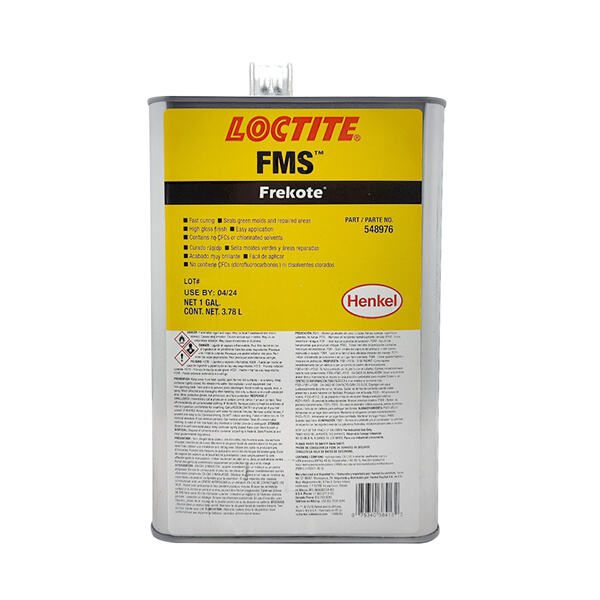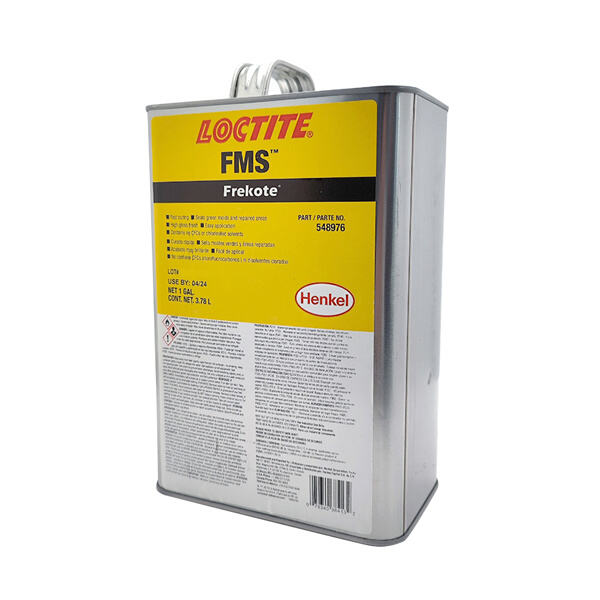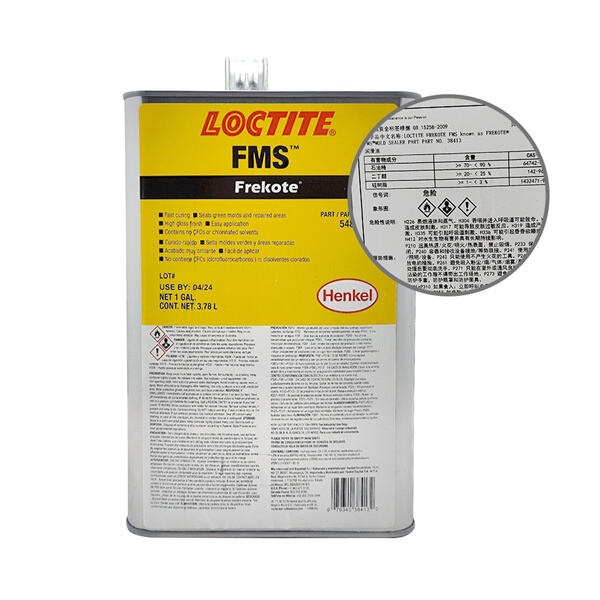My Experiments with Resin Mold Release-or How to Not Ruin All Your Perfect Casts
Resin casting allows the artist to create stunningly detailed recast components, which can be created with surprising visual accuracy given other techniques. However, the process of demoulding is perhaps more essential to success than casting itself. Resin Mould Release Products - This would act as a glue between down steps.
Seven - Top 5 Resin Mould Release for All Time Series
Petroleum Jelly -a simple and less expensive mold release that readily available. Artisans, apply a thin lip to the top of your mold or simply brush it on using an irrational manner.
Wax: Wax is one of the most convenient casting materials for two reasons, it creates an invisible barrier on which resins do not adhere and also termed as first pick material to cast with [...] It comes in both brushing compounds as well as spraying formulations, for ease of use.
Silicone Mould Release Spray: With its application as easy to apply and the performance over extra it gives a regular, uniform sprayed coating of silicon so that when pried apart from die mould.
Grease : Greases is a protective agent for the mold surface and has versatility with many casting materials. When you are done with the mold and casting, it can be easily shaven off.
PVA Release Agents: PVA release agents are sprays or brushed on to the mould surface for demoulding sufficient qualities of silicones, epoxy and polyurethanes resins.
How Quickly Can It Be Mold Release Resin - Some Basic Tips 2020
Breaking up that mold and casting is a labor of love when it comes to beginners; It take some skill. Some of the tips you can think about to make t easy include.
Consistent application: Layer should be applied evenly to the surface of a mold without leaving any space or surplus material so it can easily separated.
The resin needed to be allowed more time to cure - 24 hours minimum so I could get it out of the mold.
If your mold is non-stick type, it still should treat with an appropriate release agent to prevent sticking/damaging.
C) LIGHT MOVEMENTS: Slowly wiggle the mould from side to opposing ends (long-wise direction)- This moves casting just a little away fromMould.
Plastic Tools: Use plastic (or silicone) tools - especially flexible spatulas with a curved head like these, not metal utensils - to aid in the removal of your project from its mold without having an arm wrestling match.
Prepare: Locate a dust free well ventilated area for Resin Casting. DockStyletype
Material Selection: Which material to use in your design mold?
Step 3:Ready Your MoldApply Release AgentSpray mold and allow release to dry for a few minutes.
Step 2) Resin Mixing: Use the manufacturer guideline for mixing resin properly
Step 8 - Pour your Resin: Slowly pour the resin from step into the mold you're working with.
Cure Time: The resin should have the time to completely cure as per manufacturer instructions.

Last steps Flip mold over, pull gently on sides to get the discipline out; plastic tools for better separation.

12 Do NOT Overdo it: It IS very critical to apply Release Agent well, but do not overapply as the surface quality will be affected.
Mold Cleanliness: Obviously, it is important to keep the mold clean so resin fines do not accumulate and unfairly obstruct part release.
Note: Be careful - make sure select the correct release agent for the sytle and surface of your mould as well resin type.
Avoid bubbles: Bubbles not only cause blemishes on the surface of your furniture, but they will also get in the way for you while extracting.
Step 3: You should follow the instructionsWhen using this product, you must adhere to whatever resin mixing ratios and curing times that have been provided by the manufacturer of it.

Silicone sprays and wax-based releases, while able to release molds, are significantly different from one another. Wax - the traditional route may require some post-processing to remove a coating left on the cast. On the other hand, it is simple to use and will deliver an untreated film surface on silicone equipment releases form multiple times without transfer. Since Spray-on release agents can be easier to use and give a good cover after casting over clear-cut uniform area.
All in all, perfect-resin castings are based on mastering ways of resin mould release. When working with the right materials, new techniques provide artists a seamless casting process that not only helps facilitate effortless and smooth detachment of their items from molds but also enables them to make so much detail catching this way.
are well-versed in international hazardous resin mould releasestandards and are able export Categorization 5.2 hazardous substances, includes temperature-controlled substances.
sales can benefit from efficient service program that provides technical support throughout business, which includes resin mould releaseof program, choosing materials project landing, well as after-sales services.
Thousands Chemicals conducts global business resin mould releaselicensed brands. stick to the brand idea ensure that every product from Thousands chemical companies authentic.
have a wealth of experience the application of composite materials resin mould releaseproduction methods. permits us to train and advise clients to produce highest results for their products.